SOURCE: RAUNAK KUNDE / NEWS BEAT / IDRW.ORG
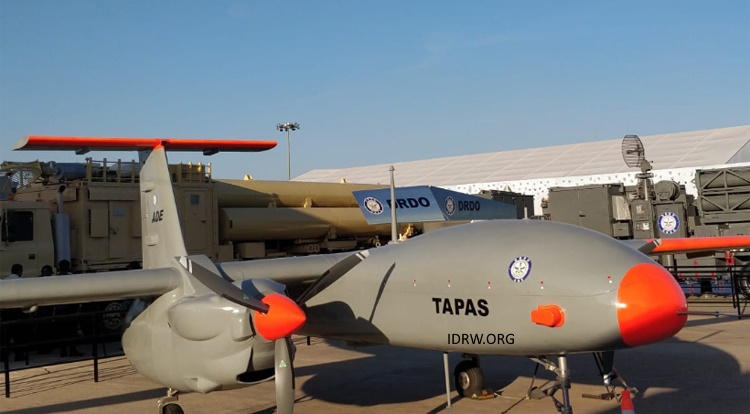
The indigenously-developed Tactical Aerial Platform for Advanced Surveillance (TAPAS) 201 Medium Altitude Long Endurance (MALE) unmanned aerial vehicle (UAV) will be subjected to weight reduction measures to address its current overweight condition. The UAV is currently unable to climb beyond 28,000 feet (8,534.4 meters), falling short of the Indian Tri-Services’ mandated 30,000-foot operational ceiling.
Bengaluru-based Aeronautical Development Establishment (ADE) will collaborate with private sector companies to achieve a weight reduction of 150-200 kilograms. Additionally, efforts will be made to minimize drag, which has been hindering the UAV’s ability to maintain the required cruising speed for prolonged endurance.
Continue readingSOURCE: RAUNAK KUNDE / NEWS BEAT / IDRW.ORG
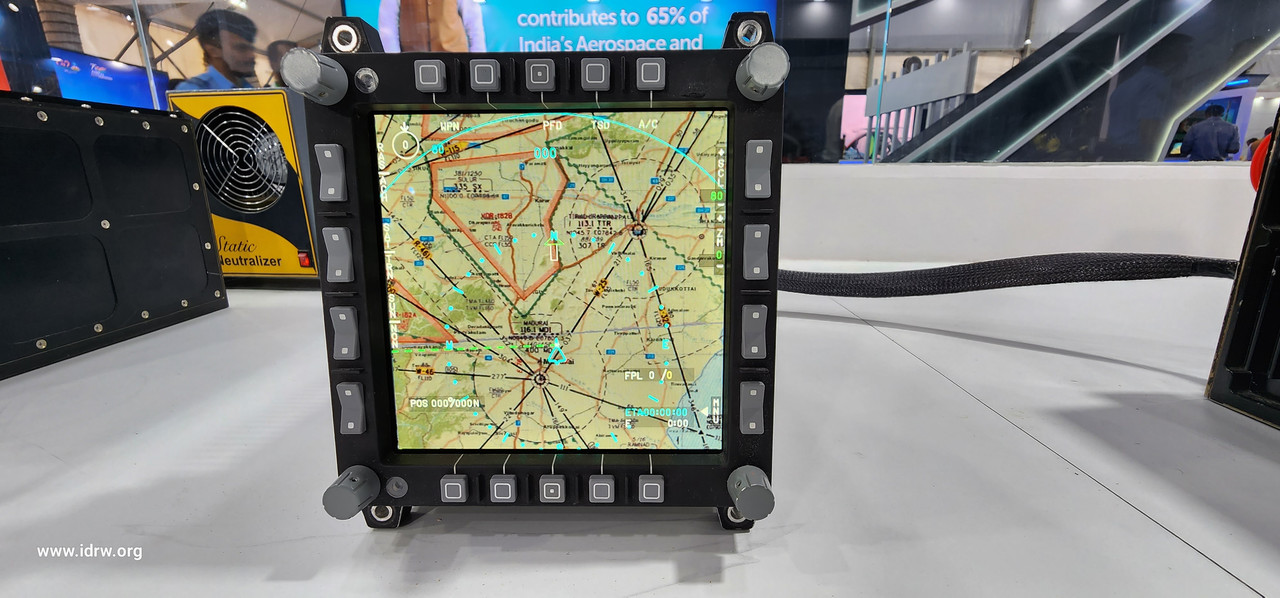
Hindustan Aeronautics Limited (HAL) Chairman & Managing Director, CB Ananthakrishnan, has announced ambitious plans to significantly increase the indigenous content of avionics systems in military platforms.
The company aims to achieve an impressive 75-80% level of indigenous avionics within the next five years, marking a significant leap from the current 40-45% used in platforms like the Light Combat Aircraft (LCA) Tejas and Light Combat Helicopter (LCH) Dhruv.
Continue readingSOURCE: RAUNAK KUNDE / NEWS BEAT / IDRW.ORG

The Indian Space Research Organisation (ISRO) has provided further insight into its ambitious Next-Gen Launch Vehicle (NGLV) program, revealing details about two variants: a Low Earth Orbit (LEO) and a Geostationary Transfer Orbit (GTO) version.
Leveraging existing technologies and infrastructure, the NGLV boasts a significantly shorter development time compared to previous launch vehicles. This accelerated timeline promises faster realization and deployment, allowing ISRO to remain at the forefront of space exploration.
Continue readingSOURCE: IDRW.ORG TEAM
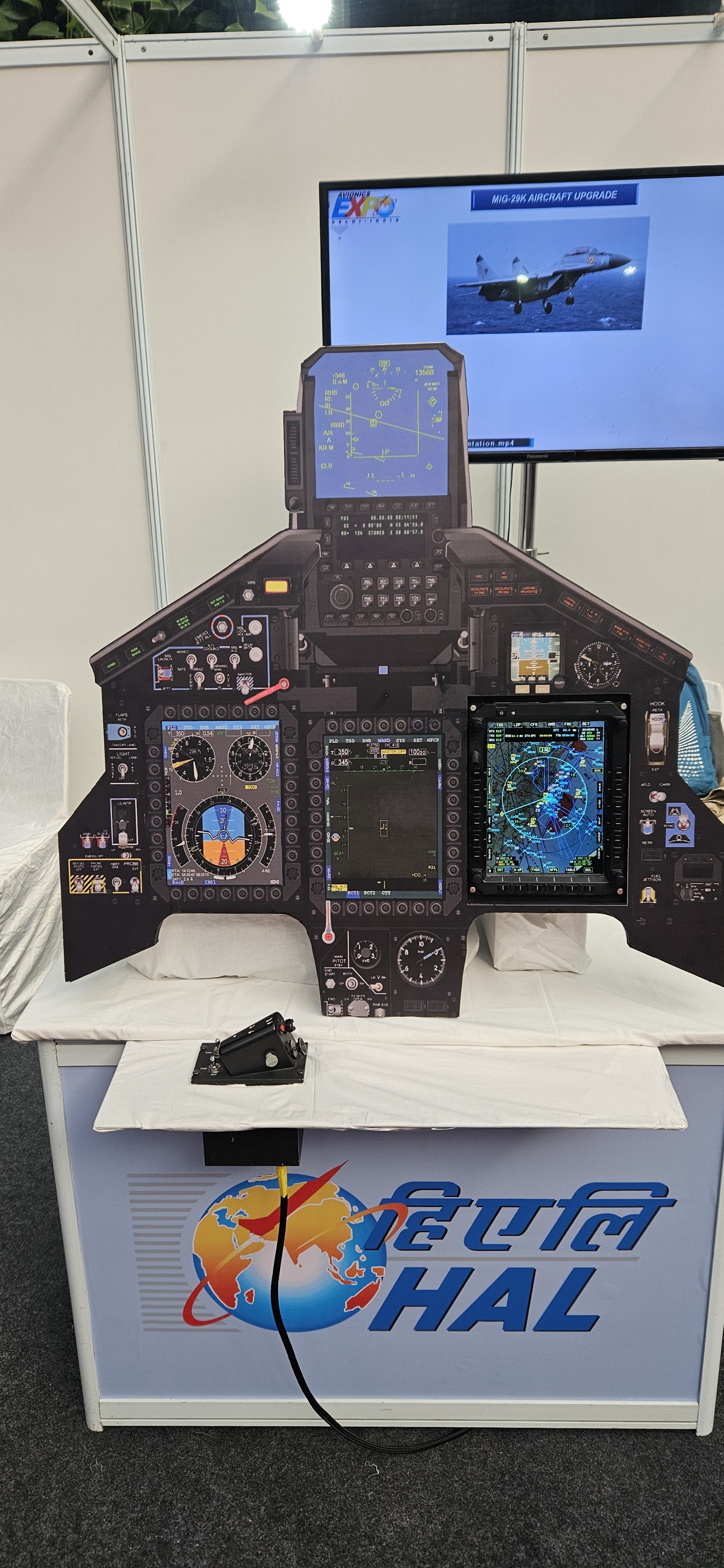
Hindustan Aeronautics Limited (HAL) has unveiled a significant upgrade for the Indian Navy’s MiG-29K/KUB fighter jets, showcasing a new glass cockpit at the recent Avionics Expo in New Delhi. This modernization program aims to enhance the aircraft’s capabilities in various aspects, including:
Enhanced Navigation Guidance: The new glass cockpit features a state-of-the-art Mission Computer with embedded Omni-mode Graphics (OMG) technology. This facilitates improved navigation guidance by integrating with indigenous systems like the LDP-41 Mission Planning System and Smart Multi-Function Display (SMFD).
Continue readingSOURCE: IDRW.ORG TEAM

The Indian Air Force (IAF) recently deployed its A321 fleet, currently awaiting transformation into the Netra MkII Airborne Early Warning and Control System (AEW&CS), for an unexpected task: ferrying Indian Army soldiers. These six Airbus A321s, formerly commercial aircraft operated by Air India, still bear remnants of their past lives with the familiar Air India livery, albeit with the addition of the Indian Air Force’s emblem on the mid-fuselage.
While the exterior may seem unchanged, significant changes are underway within. The IAF is meticulously upgrading the A321s with advanced military-grade avionics and preparing them for their future role as the Netra MkII AEW&CS. This internal transformation, slated for completion in 2025, will equip the aircraft with sophisticated surveillance and reconnaissance capabilities.
Continue readingSOURCE: RAUNAK KUNDE / NEWS BEAT / IDRW.ORG
The Indian Air Force (IAF) plans to make a strong case for the induction of six more Netra Mk1A airborne early warning and control system (AEW&CS) aircraft in the upcoming year. This upgraded variant will complement the three existing Netra Mk1 AEW&CS aircraft that are already operational with the IAF.
The Netra Mk1A aircraft will be equipped with an enhanced Active Electronically Scanned Array (AESA) radar system, currently under development by the Defence Research and Development Organisation (DRDO). These aircraft will be based on the Embraer ERJ 145 twin-engine platform, similar to the existing Netra Mk1 fleet.
Continue readingSOURCE: RAUNAK KUNDE / NEWS BEAT / IDRW.ORG
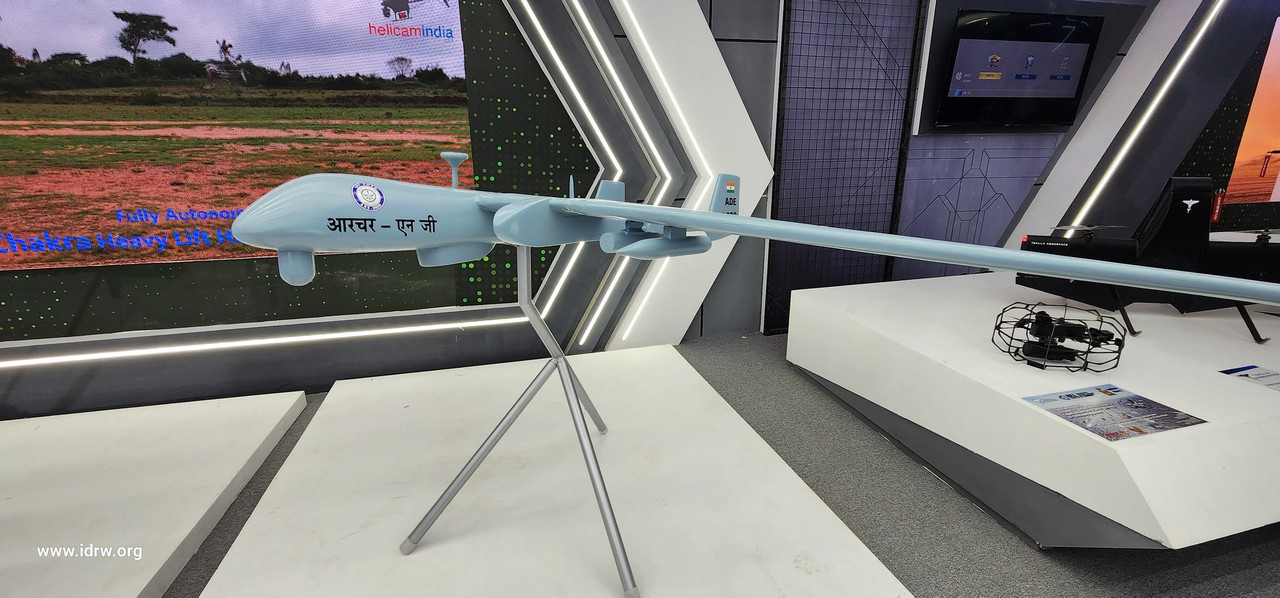
The Aeronautical Development Establishment’s (ADE) proposed development of the Armed Archer-NG MALE-Class UAV has been met with increased scrutiny from the Indian Armed Forces. The Armed Forces have set stringent benchmarks for the UAV, demanding that it achieves an operational altitude of over 30,000 feet, an endurance of 18 hours or more, and the capability to carry a payload of 300kg, including weapons.
These stringent requirements stem from the shortcomings of the previous Tapas program, ADE’s first attempt at developing a MALE-Class UAV. The Tapas program failed to meet several benchmarks, raising concerns about ADE’s capabilities in this domain.
Continue readingSOURCE: RAUNAK KUNDE / NEWS BEAT / IDRW.ORG
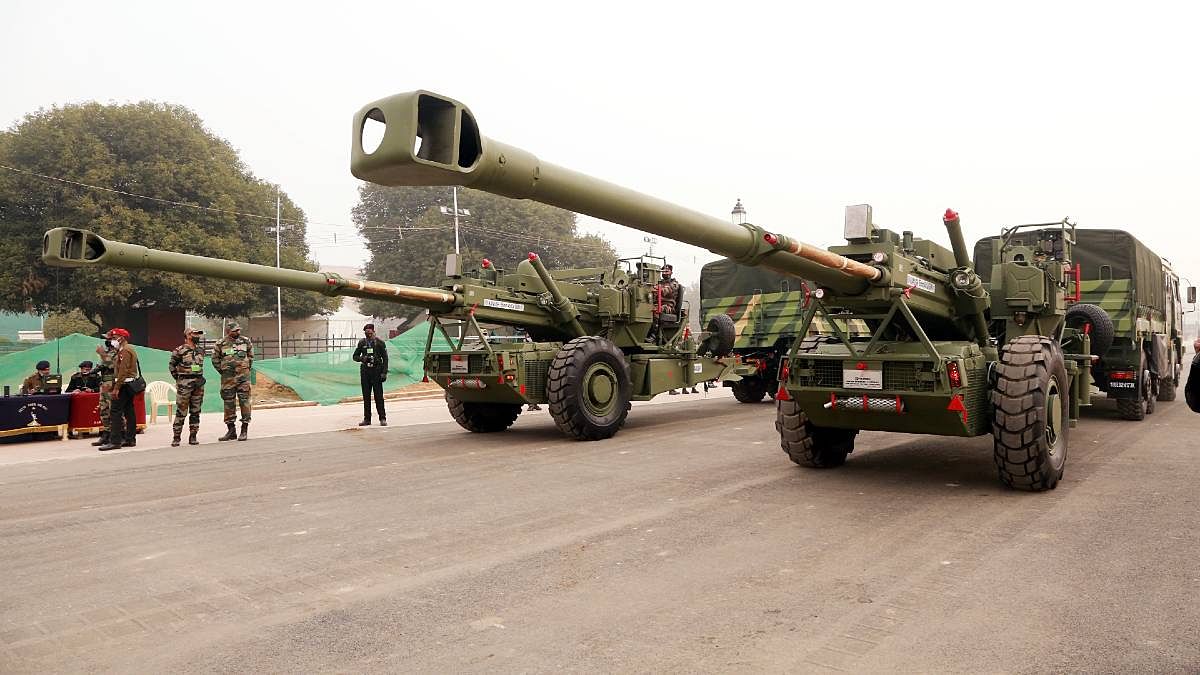
Advanced Weapons and Equipment India (AWEIL) is poised to significantly bolster the Indian Army’s artillery capabilities by delivering 26 new Dhanush howitzers during the current financial year. This delivery will bring the total number of Dhanush guns in service to 50, marking a major step towards fulfilling the Army’s order of 114 guns in total.
However, production faced delays due to procurement challenges for a critical spare used in a sub-assembly. As components are sourced from both the private sector within India and overseas suppliers, the specific delay stemmed from an Indian private vendor’s inability to acquire the necessary spare from an international source promptly.
Continue readingSOURCE: IDRW.ORG TEAM

The Vehicles Research and Development Establishment (VRDE), based in Ahmednagar, India, has undertaken a project named Mounted Gun System (MGS). This project aims to develop a state-of-the-art artillery system for the Indian Armed Forces.
The VRDE MGS has been compared to other contemporary MGS systems currently in operation around the world. This comparison highlights the strengths and potential of the Indian system.
Continue readingSOURCE: IDRW.ORG TEAM

India’s Astra Mk1, a Beyond Visual Range Air-to-Air missile (BVRAAM), is gaining traction among nations that operate Russian Sukhoi Su-30 variants, signaling a growing interest in Indian-developed defense technologies. This surge in interest comes following significant orders from the Indian Air Force (IAF), one of the world’s largest operators of the Su-30 family of aircraft.
The Astra Mk1’s emergence as a viable alternative to Russian BVRAAMs stems from India’s strategic decision to move away from the Russian-made R-77 BVRAAMs. Recognizing the technological edge of Western BVRAAMs, India’s Defence Research and Development Organisation (DRDO) was tasked with developing the Astra BVRAAM, a missile capable of matching the performance of Western counterparts like the AIM-120 Advanced Medium-Range Air-to-Air Missile (AMRAAM).
Continue readingSOURCE: RAUNAK KUNDE / NEWS BEAT / IDRW.ORG

Cochin Shipyard Limited (CSL) is gearing up to complete its massive drydock facility at its Ravipuram shipyard in Kochi, India. With a capacity to accommodate vessels of up to 70,000-tonne docking displacement, the drydock will be operational by June 2024 and is expected to play a pivotal role in the construction of India’s third indigenous aircraft carrier, IAC-III.
The drydock, constructed for Rs 1,799 crore, boasts a unique ‘stepped’ layout and a design life of 100 years. It was initially designed to accommodate the proposed IAC-II aircraft carrier, which was envisioned to be larger than the Indian Navy’s current INS Vikrant. However, due to budgetary constraints, the Navy opted for a sister ship of INS Vikrant, a 44,000-ton displacement aircraft carrier.
Continue readingSOURCE: RAUNAK KUNDE / NEWS BEAT / IDRW.ORG
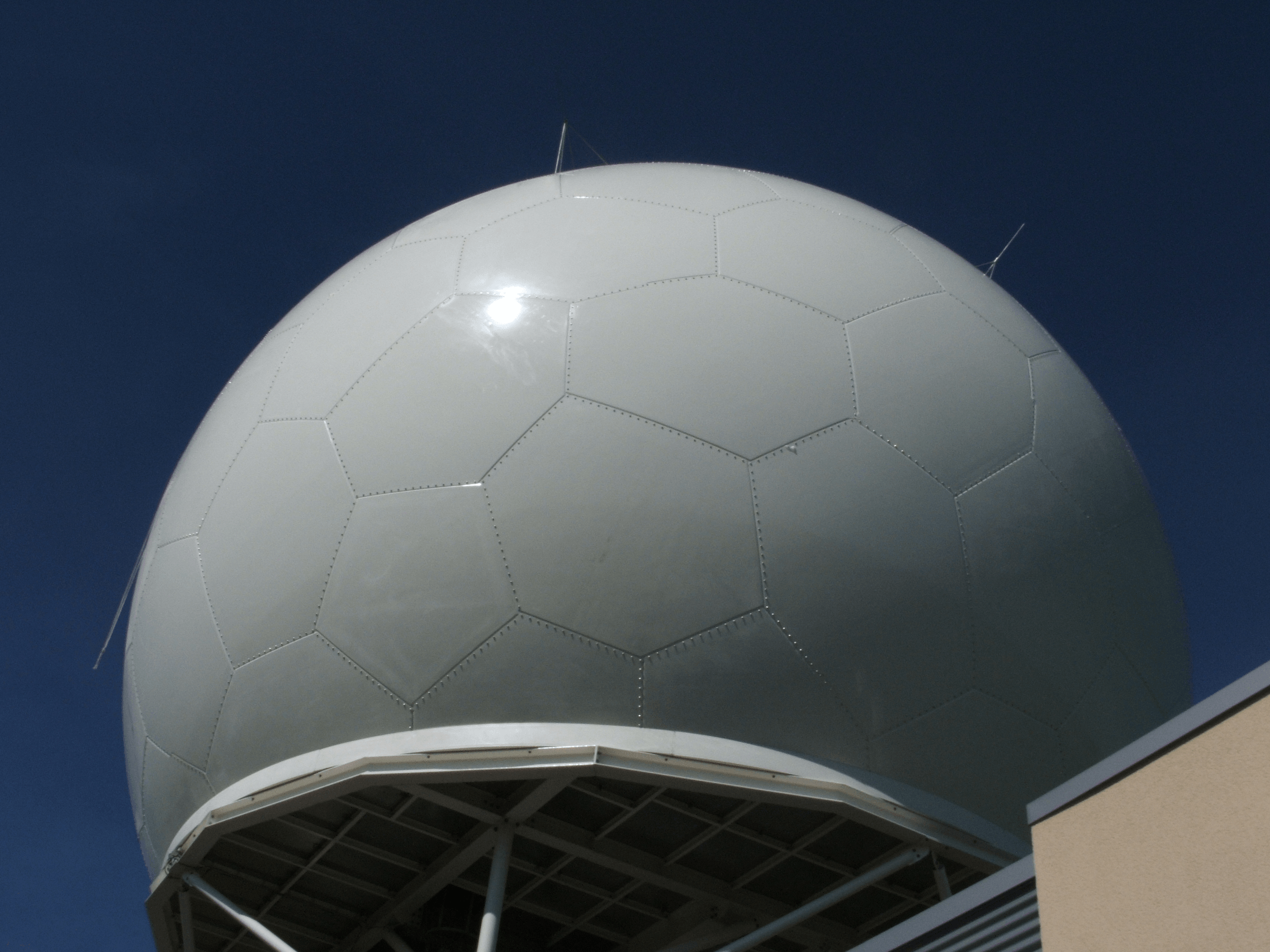
Ministry of Defence (MoD) has issued a challenge under the Innovation for Defence Excellence (iDEX) initiative seeking proposals from private sector companies to design and develop pressurized radomes for Indian Air Force (IAF) radars.
Radomes are protective enclosures that house radar antennas, shielding them from harsh weather conditions and ensuring optimal performance. Pressurized radomes are specifically designed for high-altitude operations, maintaining the necessary atmospheric pressure inside the enclosure to prevent damage to the radar system.
Continue readingSOURCE: IDRW.ORG TEAM
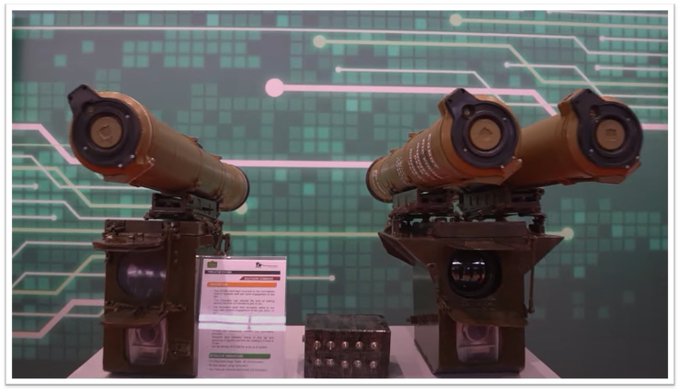
The Indian Army’s Infantry Combat Vehicle (ICV) BMP-2 Sarath has undergone a significant upgrade, enhancing its combat capabilities. The most notable improvement is the increased capacity to carry two Forget Anti-Tank Guided Missiles (ATGMs) instead of the previously integrated single missile.
This upgrade represents a step towards modernizing the Army’s ATGM arsenal, transitioning from second-generation systems to more advanced third-generation fire-and-forget models. This shift focuses on enhanced accuracy, range, and lethality against enemy armor. Notably, the Army is also actively developing indigenous third-generation ATGMs, further bolstering its self-reliance in this critical area.
Continue readingSOURCE: IDRW.ORG TEAM

A high-level delegation led by Lt. General Osama Askar, Chief of the General Staff of the Egyptian Armed Forces, visited the BrahMos stall at EDEX2023, a major international defense exhibition held in Cairo, Egypt.
During the visit, Lt. General Askar showed keen interest in the BrahMos Weapon System, a supersonic cruise missile jointly developed by India and Russia. Dr. Sanjeev Kumar Joshi, Deputy CEO of BrahMos Aerospace, briefed the delegation on the system’s features and capabilities.
Continue readingSOURCE: RAUNAK KUNDE / NEWS BEAT / IDRW.ORG
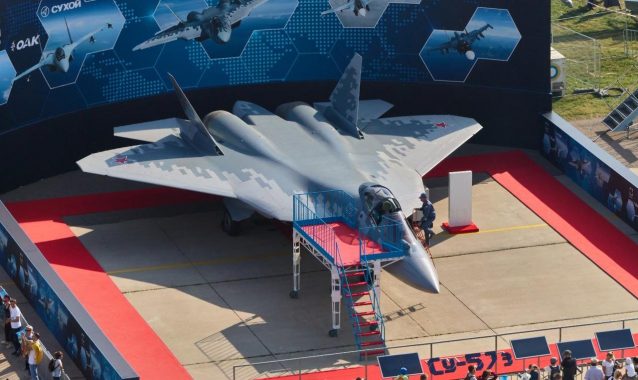
In a bid to bolster its presence in the global aviation market, Russia’s Rosoboronexport is proposing a trilateral co-production plan for its fifth-generation Su-57E fighter jets with India and the United Arab Emirates (UAE). This strategic move comes at a time when both India and the UAE are considering their options for acquiring next-generation fighter aircraft.
The UAE, which has suspended talks with the US regarding a $23 billion deal for the purchase of 50 F-35 fighter jets, is seeking alternatives to meet its defence requirements. The Su-57E, with its advanced stealth capabilities and impressive performance, has emerged as a potential contender for the UAE’s fighter jet program.
Continue reading